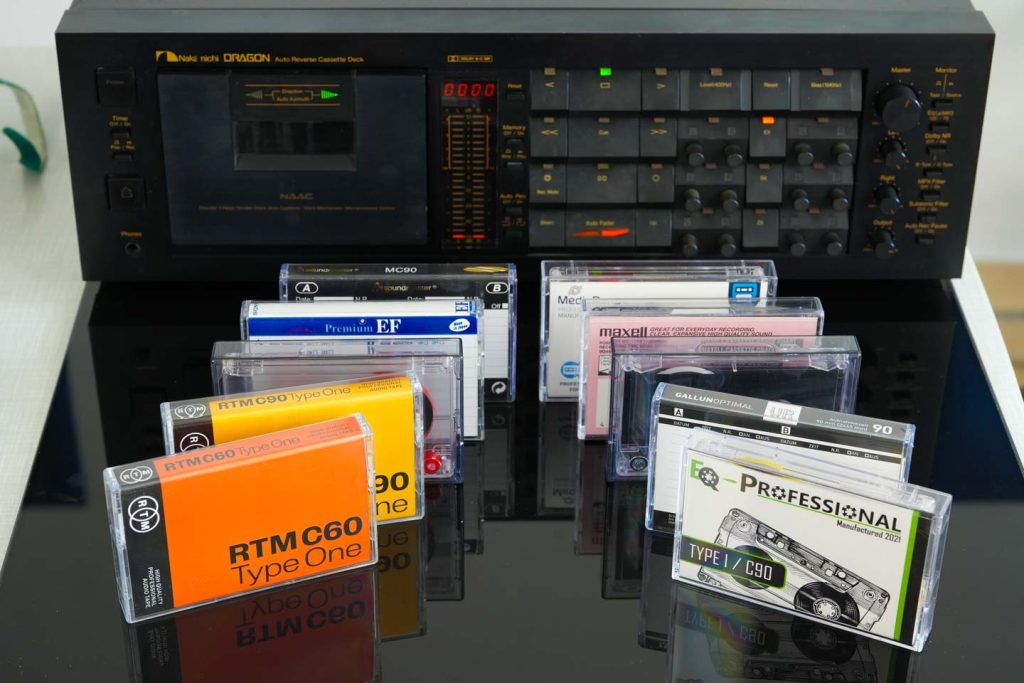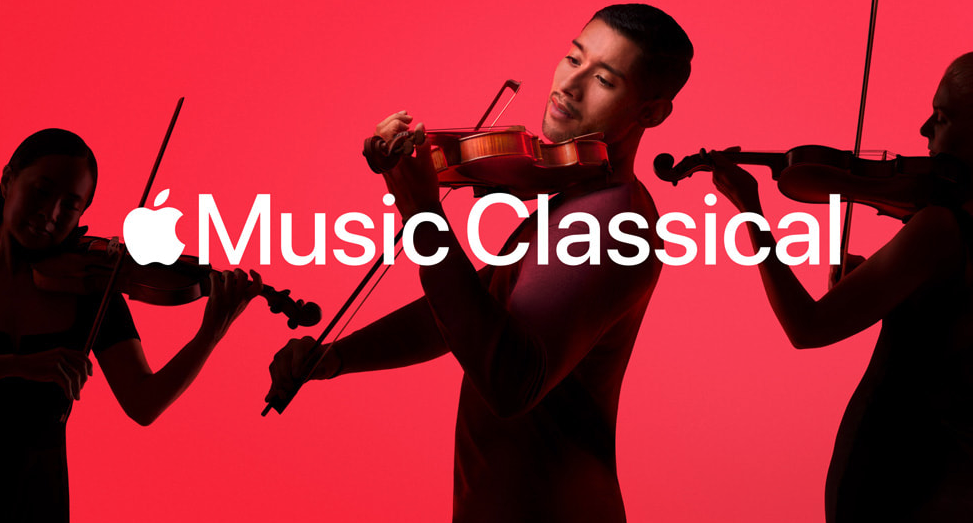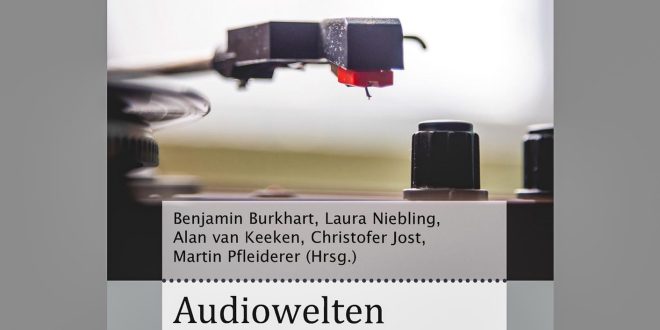Dr. Christofer Jost is one of Germany’s most respected media researchers. He researches and teaches at the University of Freiburg (Baden-Württemberg) at the Center for Popular Culture and Music and at the Institute for Media Culture Studies. LowBeats interviewed him (Winter 2023) – and had a few pressing questions for him. For example, why is the compact cassette suddenly booming and old Walkmen are fetching dream prices? Or the perhaps even tougher question: Why do young people care so little about good sound? Is this becoming the domain of old men? Last but not least: Why do today’s pop albums sound so creepily one-dimensional? Is the end of all sonic values near?

LowBeats: Mr. Jost, you look at our hi-fi industry from a completely different angle due to your profession. We are not surprised by the boom in LPs. But why is the compact cassette suddenly being courted so much? Actually a medium that is not necessarily famous for its audiophile charm …
Dr. Christofer Jost: That is indeed an exciting question. The cassette recently celebrated its 60th anniversary. I also had requests from ARD and ZDF (Editor’s note: German public broadcasters). First of all, as a music and media researcher, I found it interesting that this is a social issue that people are thinking about. The cassette – it is exciting for many people today because it is not so easily available at the moment. It has become rare. That’s already an attraction. A thought from the past that reaches into the present. But it is not so clear what this idea stands for now. That makes things interesting.
LowBeats: Who is the group of people who are now interested in the cassette? Are they young people or are we old people longing for our youthful years?

Jost: That’s exactly what I would ask. The cassette is not really to be found in the high-end segment. I would strongly suspect that these are young people. They have now discovered the cassette, so to speak. That may be part of a lifestyle in this scene. But the cassette has never ceased to be a storage medium. This goes back to avant-garde movements such as the noise genre. There is also a continuous history of the use of cassettes in heavy metal, as well as in punk. These are strands that illustrate this perfectly. There are comeback phenomena that involve young people – lofi HipHop is one example. But, as I said, the old scenarios also exist.
LowBeats: How decisive is the factor of a countermovement? In the sense versus the smartphone and all-encompassing availability via streaming? With the cassette, I have a linear narrative form. Is it a longing for a certain stability and deceleration?
Jost: That goes far into the field of psychology. It seems important to me that the cassette itself conveys a utility value for which you have to take your time. All the procedures that we have experienced in our musical socialization also resonate here. The contact has, if you like, a ritual character. This is certainly also a counter-movement to virtual or digital consumption. This involvement, the ceremonial – this is clearly an important factor.
LowBeats: The vinyl record has returned and also has its very own audiophile qualities. There is also an incentive for the high-end community, which is suddenly interested in master tapes and large tape machines. But the cassette itself is more of a deficient medium, a downgrade. How should this be classified?
Jost: The physical facts cannot be argued away. The cassette seems to have become a cult or design object for many. Audible values are then rather relative.
LowBeats: I found an old Sony Walkman in my cupboard. Amazingly well preserved and listed on eBay, the bidders are fighting over it, the old piece is currently priced at 150 euros. Isn’t that absurd? Oh, a very intimate question: Do you still have a cassette recorder yourself?
Jost: Well, I still have one of these standing around, but I have to admit that it’s actually more based on nostalgia. I no longer use this recorder. Yes, this experience with the cassette and especially with the Sony Walkman in general is also due to the fact that it opened the door to mobile music listening for the first time. Many people still associate that with it. This is a cultural narrative that is reproduced over and over again.
LowBeats: Let’s change the subject. There are many high-end trade fairs around the world that we visit as an editorial team. And at the risk of being politically incorrect: the older, white men are in the majority here. Where is the youth? Is it lost to the high-end idea?
Jost: I find that observation fascinating. I think the reality is a bit more diverse. But there are quite simply financial barriers to consider here. That was and always will be an issue when it comes to music consumption. If you look back to the 50s and 60s, the development of popular music into pop music and youth culture was also very much to do with the sudden arrival of vinyl records. No longer shellac, but suddenly singles. Even a less affluent audience was able to consume music on a large scale. A real turnaround in media history. Vinyl simplified it, was cheaper, affordable. I think it’s similar today, that young people don’t have as much purchasing power and therefore don’t focus so much on high-end components. These are expensive devices, and highly specialized ones at that. Which leads directly to another barrier – the fear of contact.
LowBeats: Now I could just agree with you. But I don’t do that. Because we are also observing that the culturally and historically grandiose recordings in super-selling pop are no longer taking place. Many popular recordings are primarily dynamically banal. There is a standard volume. Why is this simple-mindedness?
Jost: There are certainly many reasons for this. One would be the triumph of the compressor in pop music. This has created an ideal sound. That’s what we hear in pop and rock – not so much in jazz and classical music. So we became fixated on this, as you described, non-dynamic, non-differentiated, this “middle-of-the-face” sound. This is a sound aesthetic that has prevailed among the big money-makers – in other words, in many areas, but not everywhere. Many record companies and producers strive to deliver their recordings as loud as possible. That’s why recordings from the sixties sound like something from another world to our ears today.
LowBeats: There is also a counter-movement – many small labels, fine sound engineers, small recording studios that think more subtly. If this process of “in-your-face” seems irreversible, are these small labels threatened with extinction?
Jost: I believe that there will always be this need for a counter-movement in the dialectical sense. But I can’t look into the crystal ball. But I am firmly convinced that cultural niches will remain. The big tech companies are also making efforts to counter the trend. You certainly know the potential of spatial audio or 3D audio. That’s where it gets interesting again. This could be an indication that things are moving in a different direction.

LowBeats: In the direction of pro sound quality?
Jost: Exactly, in the direction of differentiated sound. You can immerse yourself. We are still in the early stages, but it will probably go mainstream.
LowBeats: The industry makes more money with headphones than with loudspeakers. Is it logical that a major player like Apple is also involved?
Jost: Absolutely. This is a symptom of our times. The big players are always looking for the greatest possible sales opportunities for their products. It is also important to remember that there is an incredible amount of capacity lying dormant. The tech companies have so much money, so much knowledge, so much manpower. But beware: potential monopolies are emerging here that are trying to control music, consumption and lifestyle.

LowBeats: Does that mean that the classic production chain will no longer exist in the future? Recording studios, artists, media groups – everything would be taken over by Silicon Valley?
Jost: The labels are still primarily rights holders. Overall, you have to be careful that some forecasts don’t sound too much like conspiracy theories. But if you look at the relatively recent history of tech companies, there is a lot to suggest that they want to further increase their influence on social processes. There seem to be no limits for them…
LowBeats: Dr. Jost, thank you for the interview
Book tips (German language only):
Audiowelten
Technologie und Medien in der populären Musik nach 1945 – 22 Objektstudien
Herausgegeben unter anderem von Dr. Christofer Jost.
2021, Populäre Kultur und Musik, Band 34, 584 Seiten, gebunden, 59,90 €, ISBN 978-3-8309-4438-6
Musikobjektgeschichten
Populäre Musik und materielle Kultur
Herausgegeben unter anderem von Dr. Christofer Jost.
2021, Populäre Kultur und Musik, Band 32, 290 Seiten, broschiert, 34,90 €, ISBN 978-3-8309-4442-3




